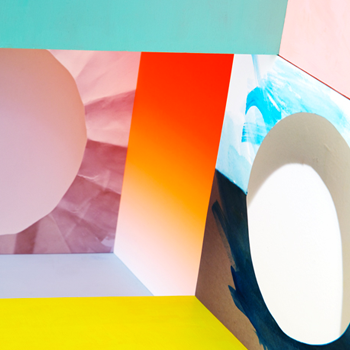Question #1f19b
2 Answers
Phase changes include Evaporation, Condensation, Freezing, Melting, Sublimation & Deposition.
Explanation:
Freezing: the substance changes from a liquid to a solid.
Melting: the substance changes back from the solid to the liquid.
Condensation: the substance changes from a gas to a liquid.
Vaporization/ Evaporation: the substance changes from a liquid to a gas.
Sublimation: the substance changes directly from a solid to a gas without going through the liquid phase.
Deposition: the substance changes directly from a gas to a solid without going through the liquid phase.
Simple examples can include: Melting an ice cube, Boiling water or dew on grass. (Melting, Evaporation, Condensation)
Freezing, melting, and evaporation are commonly seen changes in the states of matter, especially in water.
Explanation:
If you pour a kettle of boiling water over a bucket full of ice cubes, you will all at once see matter changing from one of three states into another.
SOLID
The ice cubes are
A solid has a fixed size and a fixed shape that does not change no matter what container it is in. In a bucket of ice cubes, you can see solid ice
LIQUID
The water itself is in its liquid state.
Liquids have a specific volume that does not change, but it spreads out to fit its shape into its container as the solid
That's like the joke about the water that was puddled in a random pothole in the street. It was thinking, "How nice to have a hole that just so happens to be shaped exactly like me!"
The steam rising from the boiling water shows the phase change from liquid to gas.
GAS
The steam from the boiling water as it hits the ice is water in the gas state.
Gas has no fixed shape or volume, but instead spreads its molecules out to fit the size and shape of its container as the liquid
~ ~ ~ ~ ~ ~
In addition, there is another state of matter that is less familiar,
PLASMA
Like a gas, plasma does not have a definite shape or volume. The difference is that plasmas conduct electricity and are magnetic.
Plasmas don't exist freely in ordinary environments, but they are routinely generated by electric sparks, lightning, fluorescent lights, neon lights. Plasma is used in plasma TVs. The Sun's corona is an illuminated plasma.
~ ~ ~ ~ ~ ~ ~ ~ ~ ~ ~
Besides these four states of matter, there are many other states under which matter can exist, but they are not seen in everyday life.
You can read more about states of matter here:
https://en.wikipedia.org/wiki/State_of_matter
https://en.wikipedia.org/wiki/List_of_states_of_matter
~ ~ ~ ~ ~ ~ ~ ~
Here's a video about the changes in states of matter


